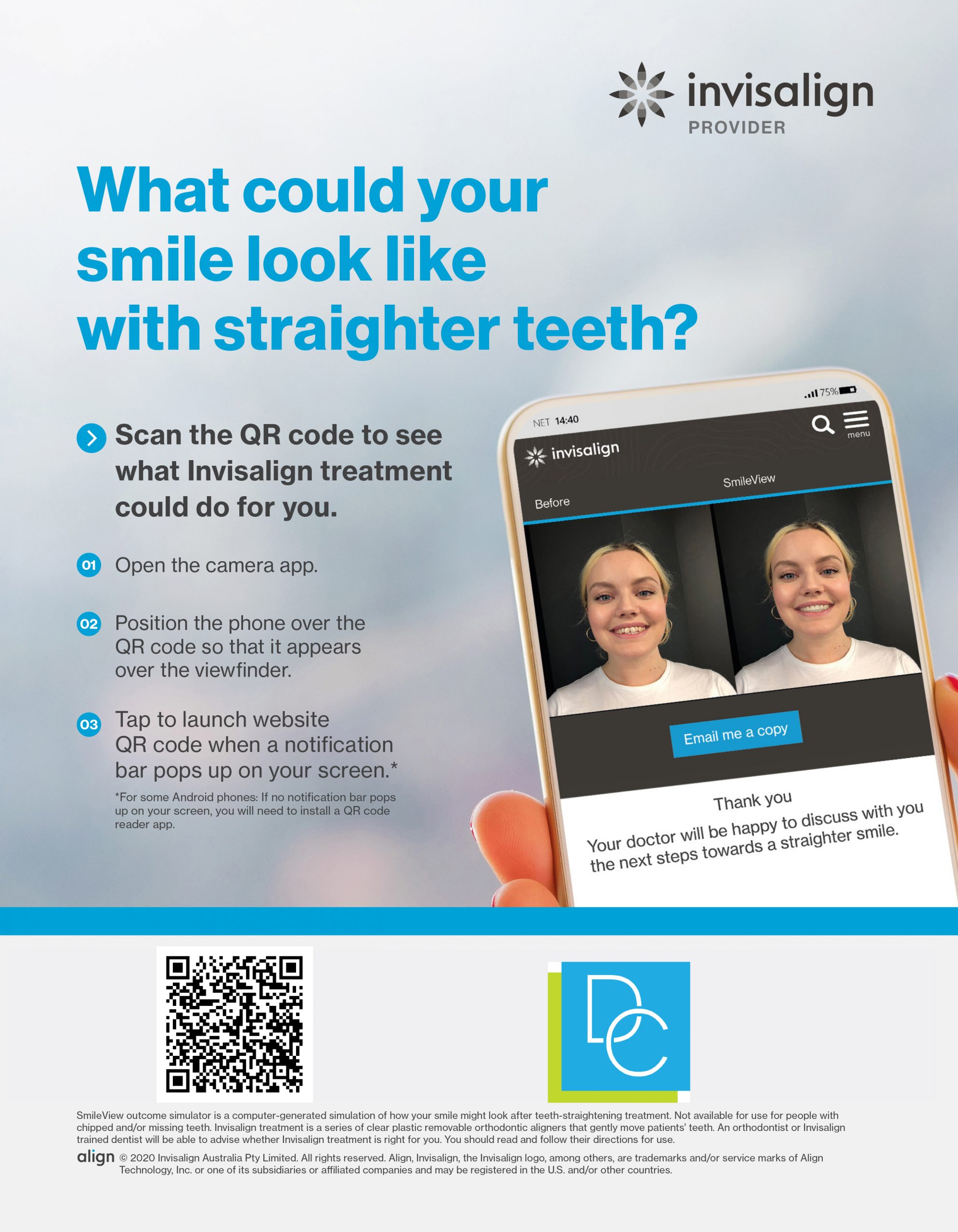Cosmetic and Laser Dentistry in Melbourne
Laser dentistry can be used to treat many different oral health conditions, such as tooth decay and discoloured teeth. Lasers provide dentists with more control while performing dental procedures. At Dental on Clarendon, we offer dental laser treatment to help minimise any discomfort felt by the patient, make the procedure quicker, and reduce the likelihood of complications occurring. Next time you’re asking yourself “where can I find a trusted dentist near me that offers laser dentistry?”, make an appointment with our clinic.
Enquire About Our Services Today
If you’ve been wondering “where can I find laser dentistry near me?” or “what does laser periodontal therapy entail?”, get in touch with our clinic in South Melbourne today. Enquire about our cosmetic and laser dentistry by calling (03) 9690 3285 or by filling out our contact page.
Commonly Asked Questions
Laser dentistry uses focused beams of light to remove or reshape tissue during restorative treatments, to cure bonding agents, and to activate bleaching agents in teeth whitening procedures.
Dentists must undergo specific training to practice laser dentistry. This includes learning how to use laser technology safely and knowing which type of laser and wavelengths to use for different procedures.
Cosmetic and laser dentistry can be used to treat the following dental issues:
- Tooth decay– Lasers can be used to cut and shape tooth enamel much more proficiently than by using dental drills to prepare a tooth for a filling. Lasers can also bond a filling to a tooth, or eradicate decayed tissue while performing a root canal procedure.
- Gum disease– Laser gum treatment can remove any diseased or inflamed gum tissue or plaque.
- Impacted wisdom teeth– Laser gum surgery can cut away gum tissue in order to reveal wisdom teeth that have only partially erupted or are stuck (impacted) inside the gum.
- Sensitive teeth– Dental laser treatment can close the tubules inside tooth roots to decrease how sensitive the tooth is to hot and cold foods and drinks.
- Temporomandibular joint disorders (TMD)– Low-level lasers can be used to minimise any pain and inflammation around the temporomandibular joint and surrounding tissues.
- Stained or discoloured teeth– Lasers are sometimes used to perform a teeth whitening procedure to stimulate the bleaching agent and make the overall whitening process quicker.
- Gummy smiles– Laser gum treatment is often conducted to reshape gum lines and eliminate any excess gum tissue so more of the teeth are visible.
- Mouth ulcers– Lasers can reduce pain caused by ulcers and lesions inside the mouth, or be used to extract tissue to conduct a biopsy.
- Both treatment time and recovery time is shorter
- Reduce the likelihood of a drill being required
- Bleeding and swelling are less likely to occur during surgery
- Reduced scarring of surrounding tissues
- Reduced risk of experiencing infections
- Helps with tissue regeneration
- Less discomfort and anxiety for the patient
The risks associated with laser dentistry are the heat produced by the frequency of the laser beam, how much coolant is used when the laser is put onto the tooth’s surface, and how long the laser is applied to a tooth. Occasionally, teeth have carbonised as a result of the procedure, or tooth roots become cracked or melted, but this very rarely happen. Our dentists understand the potential risks involved with dental laser treatment and know how to safely perform this procedure.

